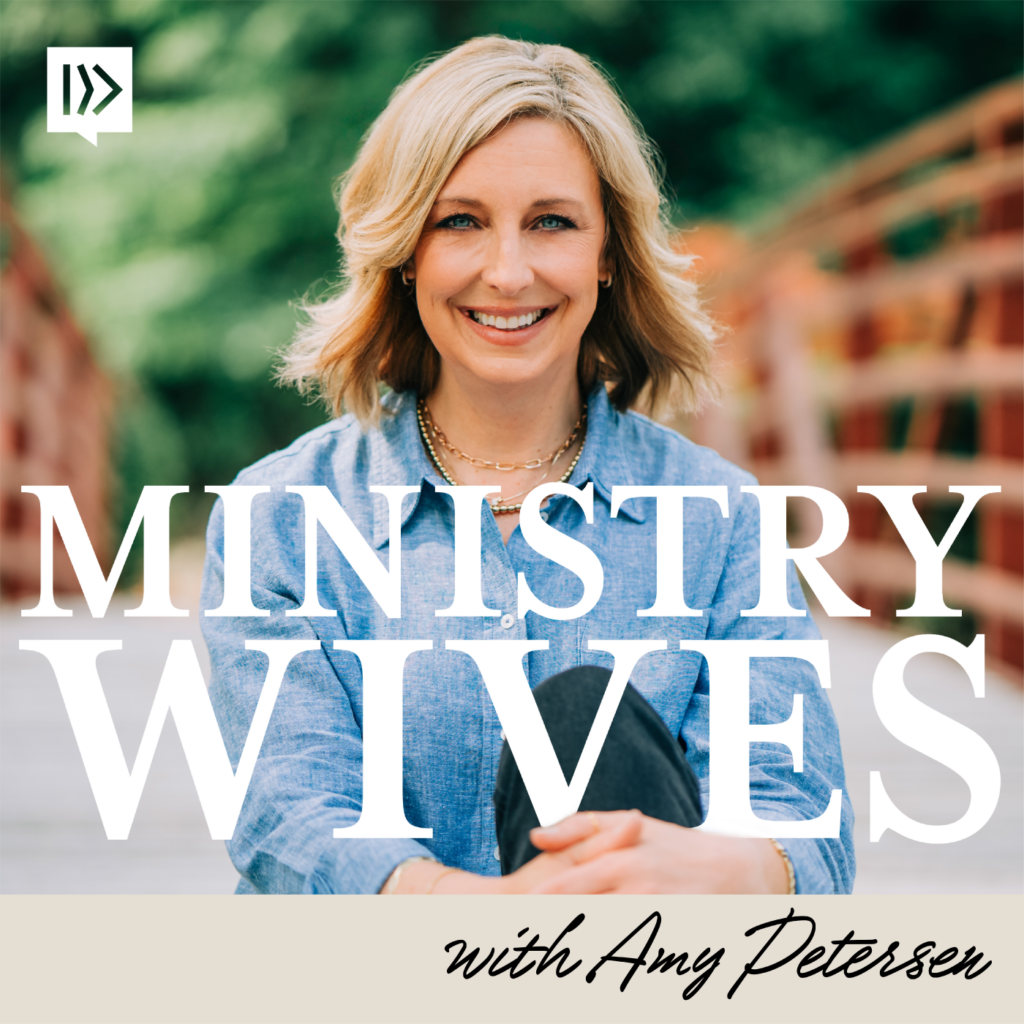In the past, I have shared about the importance of shifting from a “come and see” mindset to one of “go and tell” (check out this post, too) in our outreach. Today, I will give an example.
ESL stands for English as a second language and is a teaching technique that allows people who do not speak English to learn it. For a long time now, churches sensitive to the internationals moving into their community have used ESL as a means to minister to these people. Life in the States is difficult without being able to speak English, and so teaching English is one of the first things a local church realizes it can do to meet the needs of these newcomers. Thus, many churches across the US open their doors once a week to provide a free ESL course for community residents.
This is a good program in many ways. First, it does meet a real need and serve the community. Secondly, it allows church members participating in the ministry to meet internationals from the community and develop friendships. Finally, depending on the curriculum, it also allows the church to teach biblically-minded material to those learning English. I know of many ESL strategies that use the Bible as a text for learning English. Of course, such programs need to really teach English as well.
All of the benefits to this traditional, “come and see” model for ESL are great things. However, I think it is possible to get all of those benefits and provide a more effective ministry for reaching out to these people group communities by making the ministry “go and tell” instead of “come and see.”
Let me explain.
In the traditional method, one or more classes are hosted at the church building during the week. Most churches do not have a large enough ESL ministry that these classes are broken down further by language or people groups. The course is usually a mixed group of people from different languages and cultures. In addition to the broad range of learners being served, this type of class can only reach the people who can make it to the building.
Imagine ESL that does not require people to come to the building but instead goes to them. What if, instead of hanging fliers all over town and seeing who shows up, a “go and tell” strategy sends members out into the community to discover and engage people group communities. Upon meeting new communities that have individuals who could use English lessons, these members can then offer to provide such training. This is where it gets good, though. Instead of asking them to come to the church building once a week for a class with a bunch of people they do not know, these church members can offer to provide this class right in their home! By taking the ESL course to the homes of families in these people group communities, the ministry ratchets up a notch.
Here’s why:
- By offering to have the course in their home, it is then possible for the family to invite all of their friends who would benefit from the class to an event they will be hosting. This extends the reach of the ESL ministry significantly.
- The family now has the honor of hosting such an event for their community. In many cultures, this is a noble thing they can do proudly. It reverses the feeling of ESL being a desperate hand-out and allows them to serve the other members of their community.
- This way, these ESL homes groups will more likely be made of people from the same language and culture group. This will make teaching the course easier and, more significantly, allows the students to communicate together about what they are learning.
- And if what they are learning is a Bible-based curriculum, that means they will be discussing the biblical story in their own language and culture from the very beginning of the work.
- Finally, if it meets week-after-week in their home, is using Bible storying as a means of teaching English, and these people regularly hear the gospel, then this group is well on its way to becoming a church.
As these people are regularly confronted with the gospel, they will either accept or reject its truth. If many in the group accept the gospel, then they are already meeting weekly to discuss the Bible. Existing as a church is not far down the road for this kind of group.
The benefits of approaching ESL as a “go and tell” strategy are too many to count. This is easily multiplicative instead of additional. This group has been practicing the contextualization of the gospel into their own language and culture since the first day they started wrestling with their English curriculum. This small, new church is better positioned to reach the rest of their people group community than your church can.
Of course, objections to such a model tend to come in two forms. The first is that it causes the church to “lose control” of what is being taught. The other kind of objection usually wants to see internationals becoming a part of the parent church. Unfortunately, both of these see objections reveal an unhealthy understanding of control and a competitive spirit. Simply put, our purpose as church leaders is not always to grow our own church.
Certainly, this type of ESL model will have hurdles, but the reward is worth it. Imagine a church approaching ESL this way in your community. Imagine small ESL groups meeting in apartment complexes and neighborhoods across your city, all made up of different people groups, working regularly through the gospel. Think of the way it extends mercy and benefits the newcomers to your city. And then, consider the potential it has to multiply gospel churches and Christian witness in a dozen different languages right there where you live.
Gets pretty exciting, doesn’t it?
Click here to read all posts in this series.
Keelan Cook is working on a PhD in Missiology at Southeastern and works in the Center for Great Commission Studies. He spent time as a church planter in West Africa with the IMB and doing ethno-graphic research in Washington, DC with NAMB. Keelan is currently one of the pastors at Imago Dei Church in Raleigh, NC.
Published January 27, 2016




